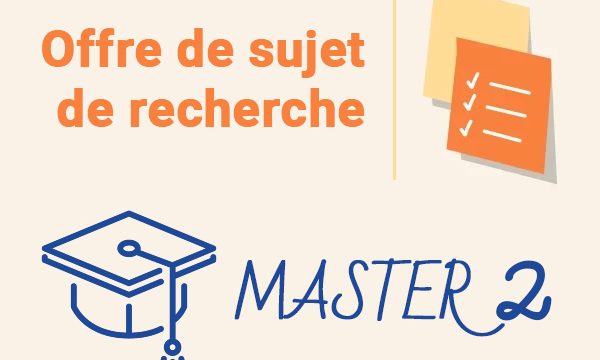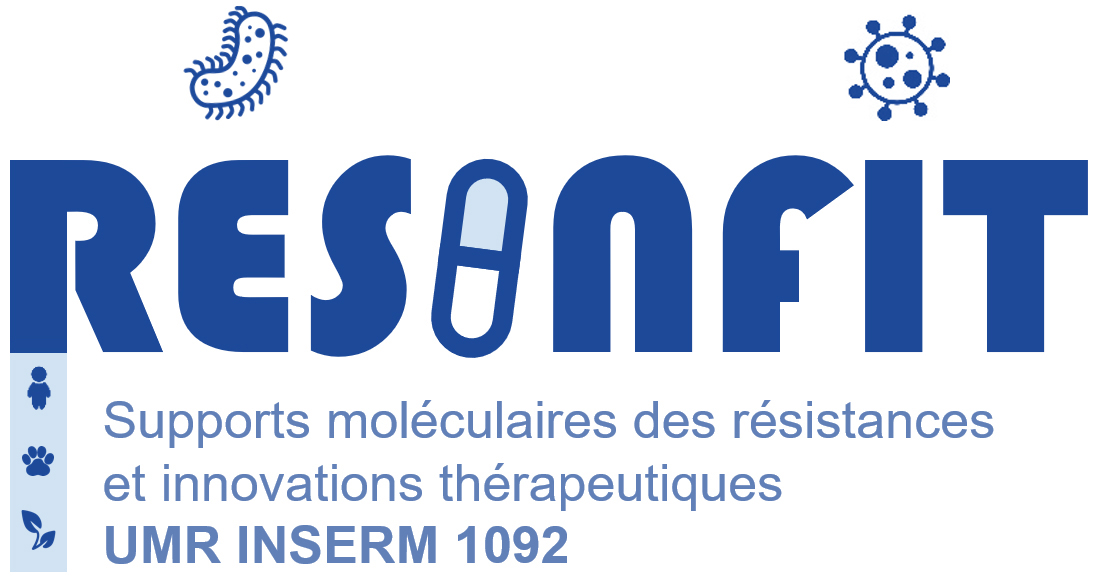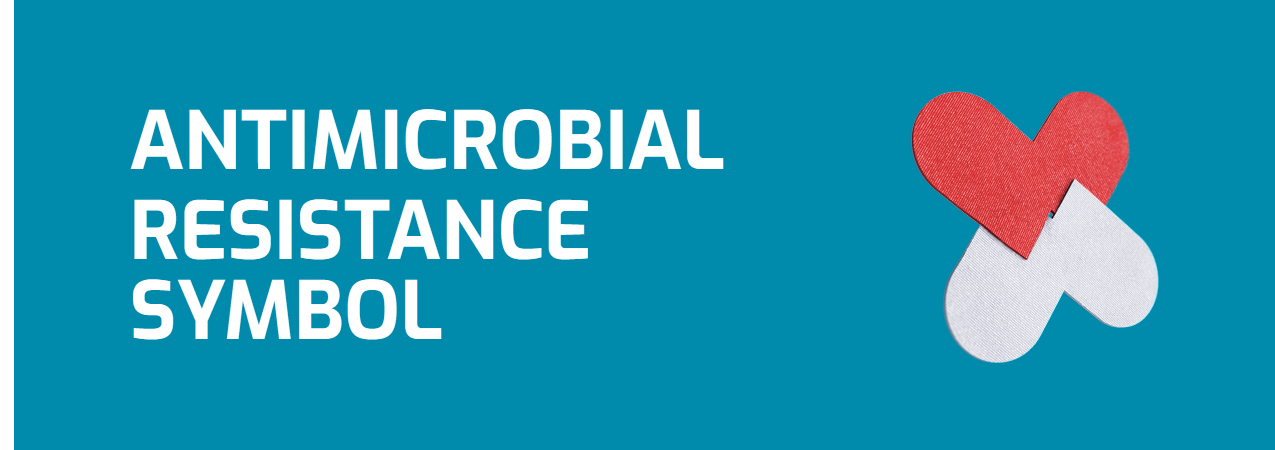
Offre de sujet de recherche Master 2 Bio-informatique
Dans le cadre de ses activités de recherche, l’UMR 1092 RESINFIT propose une offre de sujet de recherche Master 2 Bio-informatique. Ce projet de Master 2 vise à contribuer à l’identification des bactéries clés responsables du transfert des gènes et des plasmides relatif à la résistance aux antimicrobiens à travers les sphères humaine, animale et environnementale. Vous trouverez toutes les informations relatives à cette offre sur le lien ci-dessous ou dans la description en anglais ci-après.
Location: University of Limoges, Limoges (France)
Research Unit: UMR 1092 RESINFIT – Antimicrobials: molecular supports of resistances and therapeutic innovations
Supervisor: Thibault Stalder and Marie-Cécile Ploy
When: Start January/February 2024
Contact information: tstalder@uidaho.edu
PROJECT BACKGROUND INFORMATION:
Antimicrobial resistance (AMR) in pathogens is a serious human health threat. The emergence of AMR is driven by the sharing of resistance genes between bacteria from animals, humans, and the environment. Therefore, to curtail the emergence and spread of AMR, research, surveillance, and intervention strategies must integrate One Health approaches. In this context, the UMR INSERM 1092 uses the One Heathframework to explore the eco-evolutionary trajectories of AMR spread and to enhance surveillance systems.
The acquisition of AMR by pathogens is mainly due to the sharing of AMR plasmids, mobile genetic elements that can confer resistance to various antibiotics. Evidence points out that those plasmids have and are crossing ecological boundaries between humans, animals, and the environment while rapidly spreading worldwide. However, we still poorly understand the trajectories leading these plasmids to hop between environmental, animal, or human ecosystems and end up in deadly human pathogens.
PROJECT DESCRIPTION:
This Master 2 project aims to contribute to identifying the key bacteria responsible for transferring AMR genes and plasmids across human, animal, and environmental habitats. Specifically, the student will contribute to adapting and validating a metagenomic approach to identify hosts of AMR genes and plasmids. This approach, called Hi-C+ combined chromosome conformation captures Hi-C with a target enrichment approach. In this project, the student will:
- contribute to design baits for the target enrichment by mining AMR genes and plasmids databases, and,
- develop a bioinformatic pipeline to determine the taxonomic affiliation of AMR genes and plasmids from Hi-C+ data.


